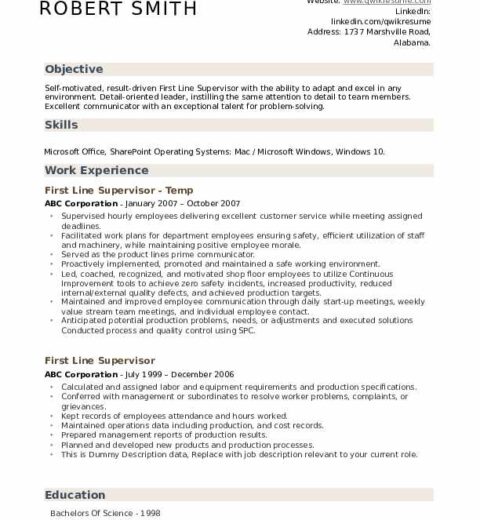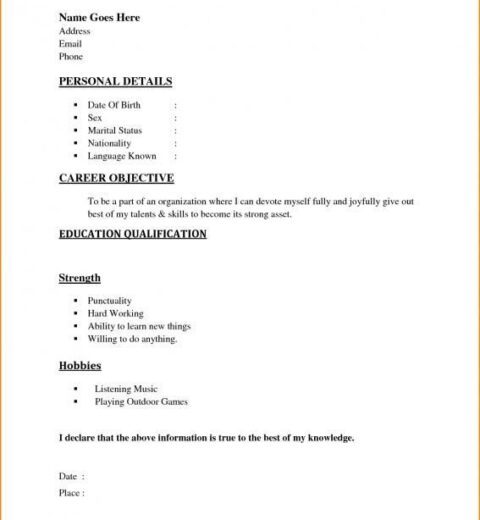When crafting a resume, particularly in the academic or research field, the inclusion of publications can significantly enhance your profile. With competition soaring, engaging in a meticulous presentation of one’s scholarly contributions can set you apart from other candidates. This article provides a comprehensive guide on how to effectively incorporate your publications into a resume, along with pertinent examples tailored for an academic audience.
Firstly, it’s critical to understand the primary purpose of listing publications in a resume. Publications demonstrate your expertise, commitment to research, and ability to contribute valuable insights to your field. They affirm your credibility, particularly if you’re applying for positions in academia, research institutions, or within industries that value analytical skills and a strong theoretical foundation.
Choosing the Right Format
When including publications, the format can vary based on the nature of your work and the resume’s intended purpose. There are generally two approaches: chronological and thematic. The chronological format lists publications in reverse order, highlighting the most recent contributions first. This approach underscores ongoing research activity, showcasing your latest findings and insights. In contrast, the thematic format groups publications by subject matter or type, which can illustrate depth in specific areas of expertise.
Deciding What to Include
It is paramount to be judicious in your selection of publications. Only include those works that are relevant to the position for which you are applying. This may encompass peer-reviewed articles, books, conference papers, and book chapters. If you have an extensive publication history, consider featuring only the most significant pieces that display your depth of knowledge and impact within your field. An exemplary selection enhances your chances of being perceived as a qualified candidate.
Publication Citation Style
In academia, citation styles vary; therefore, it is prudent to adhere to the norms associated with your discipline, such as APA, MLA, or Chicago Style. The citation should include relevant details: author(s), publication year, title, journal name, volume, issue, page numbers, and, if applicable, the DOI or URL. The following is an example of a citation formatted in APA style:
Johnson, A. B., & Smith, J. K. (2022). The role of machine learning in predictive analytics. Journal of Data Science, 15(2), 123-145. https://doi.org/10.1234/jds.2022.01524
In cases where you are the sole author or the primary investigator on a project, it’s particularly important to indicate this, as it speaks volumes about your capabilities. Highlighting co-authored works is equally relevant; ensure that you clearly delineate your contributions.
Optimizing Visibility Through Keywords
Incorporating pertinent keywords in your publication section can enhance its visibility. Tailoring your language to reflect the specific job description can capture the attention of automated applicant tracking systems (ATS). This is essential in today’s competitive job market. Consider strategic keywords relevant to your research interests or expertise when drafting your entries. Ensure that you align your descriptions with the institution’s or organization’s values and research focus.
The Structure of the Publication Section
The organization of the publication section should be straightforward yet polished. Label the section prominently, using headers such as “Publications,” “Research Publications,” or “Scholarly Works.” This clarity assists hiring managers in navigating your credentials effortlessly. Below is an example of how to structure the section:
Publications
- Johnson, A. B., & Smith, J. K. (2022). The role of machine learning in predictive analytics. Journal of Data Science, 15(2), 123-145. https://doi.org/10.1234/jds.2022.01524
- Johnson, A. B. (2021). Innovations in algorithmic fairness: A review. International Journal of AI Ethics, 3(4), 211-230.
- Smith, J. K., Johnson, A. B., & Lee, R. P. (2020). Big data’s influence on health outcomes. Health Informatics Journal, 25(1), 22-40.
You may also consider adding brief annotations to explain the significance of selected works. This can provide context and elevate the content:
- Johnson, A. B. (2021). Innovations in algorithmic fairness: A review. International Journal of AI Ethics, 3(4), 211-230.
This review discusses emerging methodologies for ensuring fairness in algorithmic decision-making processes and their implications in various sectors.
Additional Considerations
In the digital age, it is prudent to maintain an updated online portfolio or personal website. Incorporating links to your publications can further enhance accessibility and showcase your scholarly impact. Tools such as Google Scholar profiles or ResearchGate can effectively communicate your broader body of work. Having an artifact that aggregates your contributions can serve as a complementary piece to your resume.
Concluding Thoughts
In sum, meticulously including your publications in your resume can bolster your academic credibility and demonstrate your sustained engagement with research. By adhering to appropriate citation styles, employing the right keywords, and presenting the information clearly, you provide hiring committees with compelling evidence of your scholarly achievements. This strategic inclusion not only elucidates your qualifications but also emphasizes your potential contributions to their academic community.




